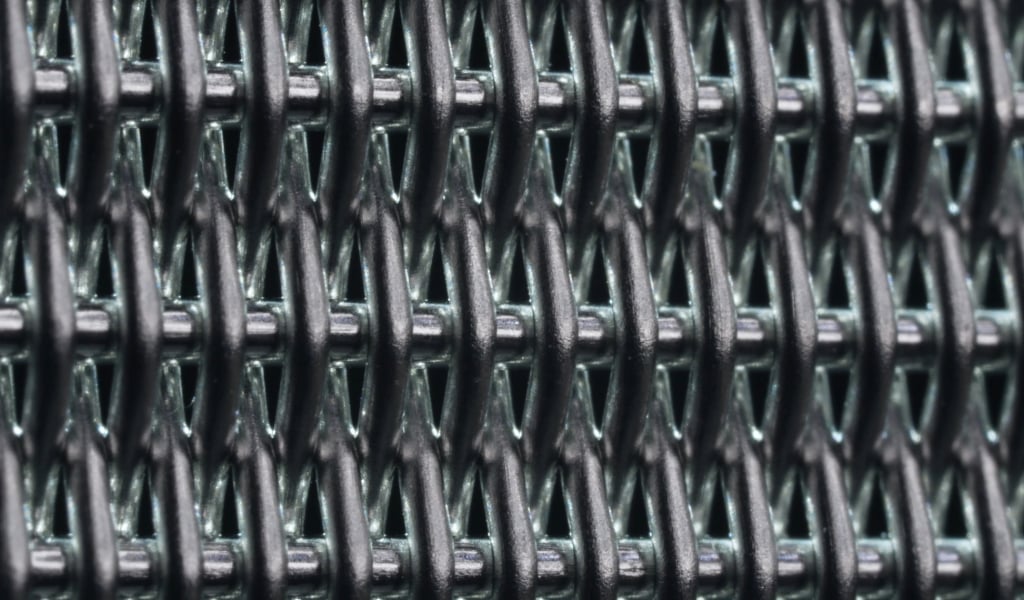Hydrogen Purification Filters: The Role of Pressure Drop and Flow Rate
Hydrogen purification is a precise and demanding process, requiring filtration systems that can maintain exceptional gas purity without compromising operational efficiency. Within these systems both pressure drop and flow rate work together to determine how effectively a filter can remove contaminants while sustaining throughput.
Understanding how these elements interact is key for engineers, operators, and system designers tasked with optimizing hydrogen production or purification lines.
When pressure drop and flow rate are properly balanced, a hydrogen purification filter can achieve maximum efficiency which includes removing contaminants, maintaining product purity, and reducing strain on upstream and downstream components. However, neglecting this balance can lead to reduced filter life, higher operating costs, and even compromised gas quality.
At W.S. Tyler, our mission is to make the world cleaner and safer through precision-engineered wire mesh solutions. With over 150 years of filtration expertise, we help engineers design purification filters that meet performance goals without compromise.
This article explores the science and practical considerations behind pressure drop and flow rate in hydrogen purification filters. We’ll examine how each factor works, how they influence each other, and what strategies can help maintain both for optimal performance.
What Is Pressure Drop in Hydrogen Purification Filters?
Pressure drop is the measurable decrease in gas pressure as hydrogen flows through a filter element. In a hydrogen purification system, this occurs because the filter media, housing, and internal flow paths introduce resistance to movement.
While this resistance is necessary for capturing particulates, aerosols, or catalyst dust, it also means the gas loses some of its pressure energy before exiting the filter. For hydrogen producers, understanding the phenomenon is critical not only to maintain efficiency but also to avoid costly downtime or system failures caused by excessive restriction.
Several factors influence pressure drop in purification filters. Media type and density play a major role as finer mesh or thicker material structures capture smaller particles but cause higher resistance to flow.
Contaminant loading is another major contributor over time, as debris accumulates within the filter media and the available pathways for gas movement narrows, which increases the drop. Even filter geometry and housing design can significantly impact how hydrogen moves through the system.

 A healthy, controlled pressure drop is actually a sign of proper filtration as it means the filter is engaging with the gas stream and removing unwanted particles. However, excessive pressure drop signals a problem.
A healthy, controlled pressure drop is actually a sign of proper filtration as it means the filter is engaging with the gas stream and removing unwanted particles. However, excessive pressure drop signals a problem.
Excessive pressure drop can indicate a problem such as the filter being clogged, improperly sized, or using the wrong media for the application. This puts strain on compressors, increases energy consumption, and can reduce downstream equipment efficiency.
To manage pressure drop effectively, operators often monitor it continuously via inline sensors. This allows them to detect rising resistance early and schedule maintenance or filter replacement before it impacts production.
By paying attention to baseline pressure drop values when the filter is new, teams can set clear operational thresholds to maintain both purity and efficiency.
The Role of Flow Rate in Gas Purification
Flow rate, which is the volume of hydrogen moving through a purification system over time, directly influences how effectively contaminants are removed. In most hydrogen filtration systems, flow rate is expressed in standard liters per minute (SLPM) or standard cubic feet per minute (SCFM), normalized for temperature and pressure.
The correct flow rate ensures that hydrogen spends enough time in contact with the filter media for proper particle capture while maintaining the throughput needed for production demands.
If the flow rate is too high, the gas may pass through the filter too quickly, reducing the chances of trapping fine particulates or aerosols. This is often called “media bypass,” where contaminants physically slip past the wire mesh.
Looking to discover more about the strengths of woven wire mesh in hydrogen separation? Discover more in our article below:
On the other hand, a flow rate that is too low can cause operational inefficiencies, such as underutilizing equipment capacity or increasing system residence time beyond optimal process parameters.
Balancing flow rate also prevents damage to the filter itself. Excessive velocity can stress the filter media, leading to deformation, rupture, or early clogging.
Conversely, insufficient flow may promote uneven loading, where contaminants concentrate in certain areas of the filter rather than distributing evenly. Both scenarios can shorten filter life and increase maintenance costs.
For hydrogen purification systems, the ideal flow rate is determined during the design phase, based on system capacity, filter specifications, and purity requirements. Operators often rely on flow meters and automated controls to keep flow within target ranges.
This ensures not only consistent hydrogen purity but also optimal energy usage and filter performance.
Optimizing Filters For Performance and Longevity
Maximizing the efficiency of hydrogen purification filters requires more than just selecting the right filter type, it also depends on how that filter is operated and maintained over time. Proper optimization balances filtration performance, flow consistency, and service life, helping operators achieve target purity levels without excessive energy use or premature replacement.
One key strategy is selecting filter media designed for specific contaminants present in the hydrogen stream. For example, woven wire mesh offers durability under high-pressure conditions, while depth media can capture finer particulates at the cost of slightly higher pressure drop.
Matching the filter material to the operating environment reduces stress on the system and prolongs filter life.
Regular monitoring of both pressure drop and flow rate is equally important. A gradual increase in pressure drop often signals that the filter is loading with contaminants and approaching its capacity. Replacing or cleaning the filter before it becomes overly clogged prevents flow restriction, reduces strain on pumps and compressors, and avoids sudden system downtime.
Flow conditioning, such as using pre-filters to capture larger particles, can also extend the lifespan of primary purification filters. This staged filtration approach minimizes fouling and ensures more consistent performance throughout each service cycle.
Ultimately, the most effective hydrogen purification systems treat filter optimization as a proactive process, using performance data and maintenance schedules to maintain efficiency, reduce operating costs, and extend equipment longevity.
Designing for Efficiency and Reliability
Designing hydrogen purification systems for efficiency and reliability means taking a strategic approach to filtration. From selecting the right filter media to implementing staged filtration and proactive maintenance, each choice directly impacts gas purity, operational costs, and long-term system performance.
As hydrogen production technology continues to advance, operators should focus on building flexibility and resilience into their systems. This includes evaluating current filtration setups, monitoring performance metrics, and considering upgrades that align with evolving production goals and regulatory requirements.
At W.S. Tyler, we believe that precision-engineered filtration solutions are the foundation for cleaner, more sustainable industries. By combining decades of engineering expertise with innovative woven wire mesh technology, we help our customers achieve unmatched performance, efficiency, and reliability in even the most demanding applications.
Interested in learning how your hydrogen purification process can be enhanced? Read about it and more in our article below:
About Dylan Polz
Dylan is a Content Writer with 2 years of experience in marketing and SEO. Passionate about learning and strengthening his writing skills, he is currently expanding his expertise in particle analysis and woven wire mesh technologies. With a strong belief in the power of information to drive positive change, his goal is to develop content that supports cleaner, safer solutions across all industries.



